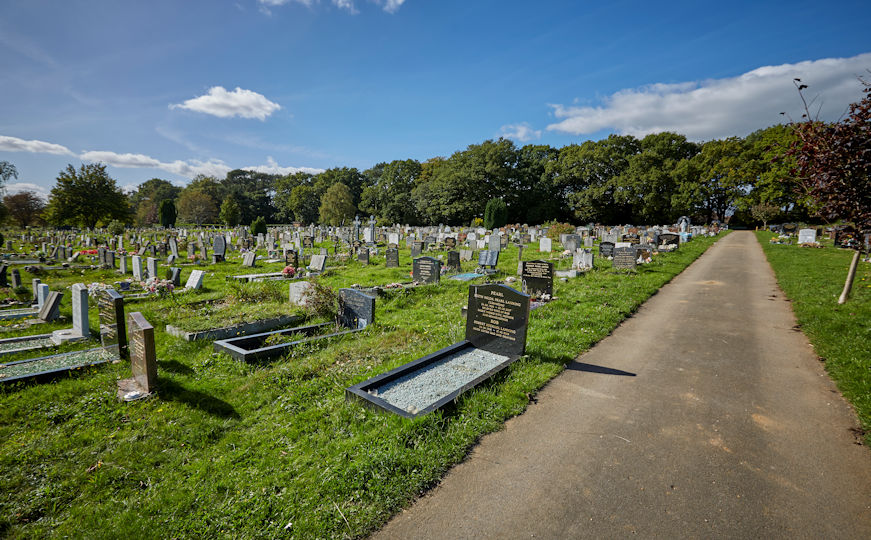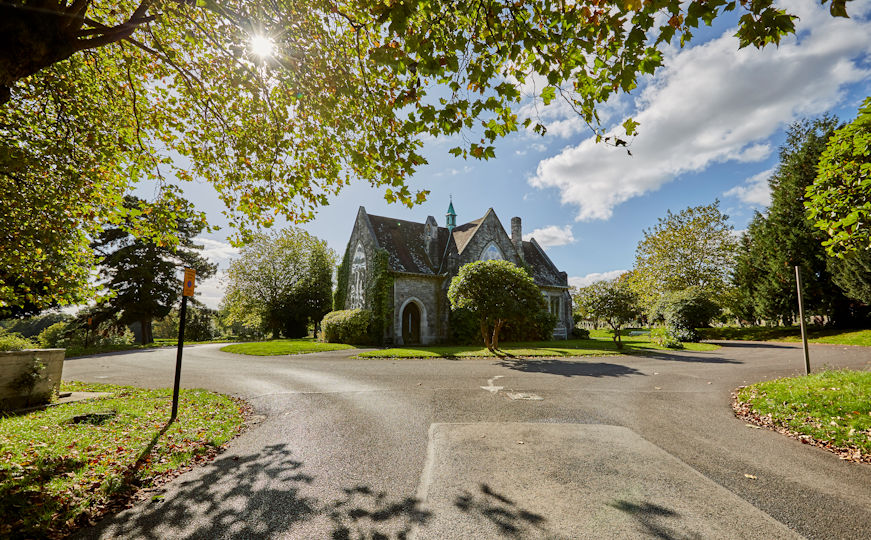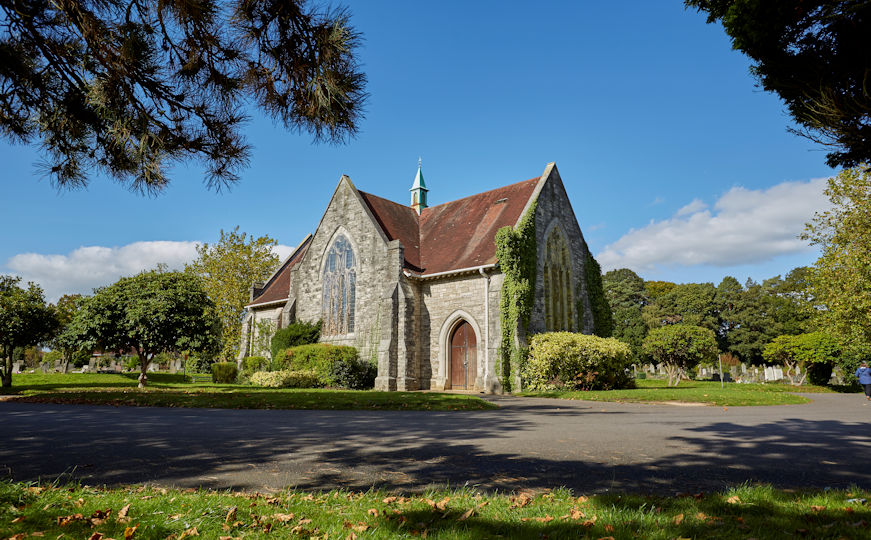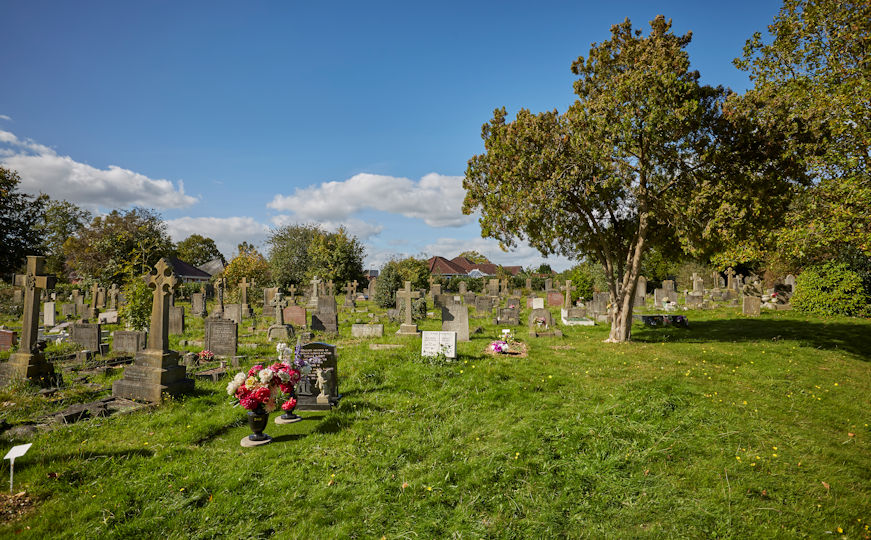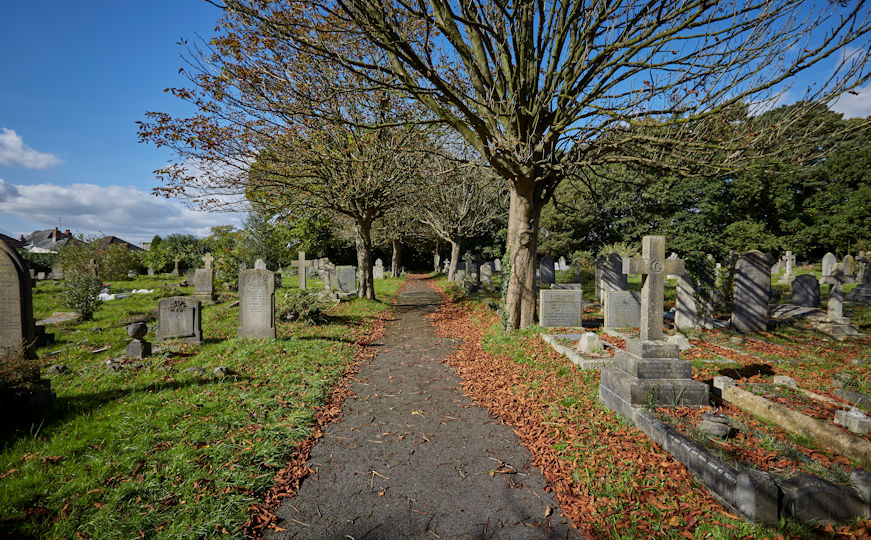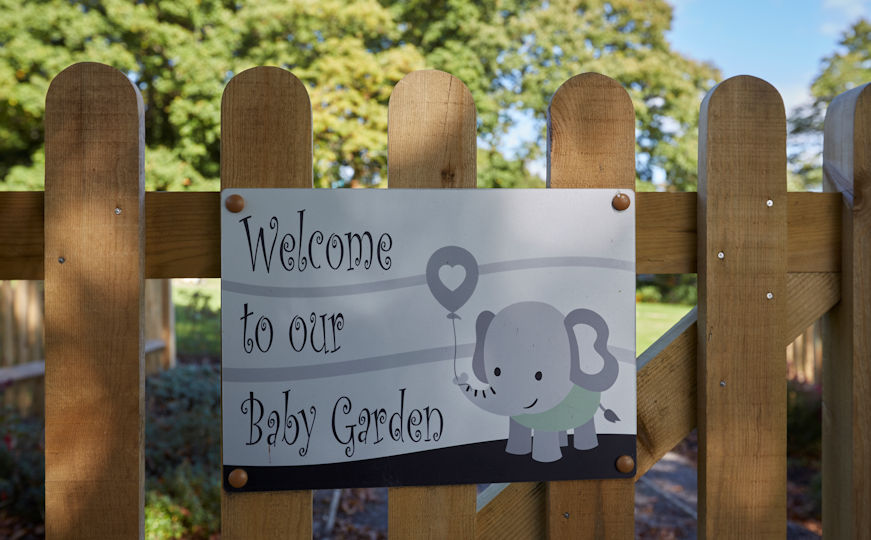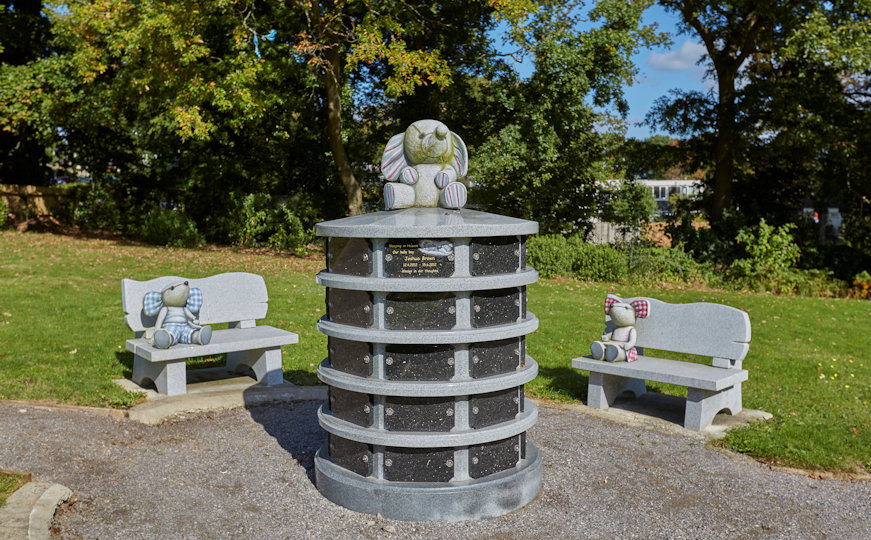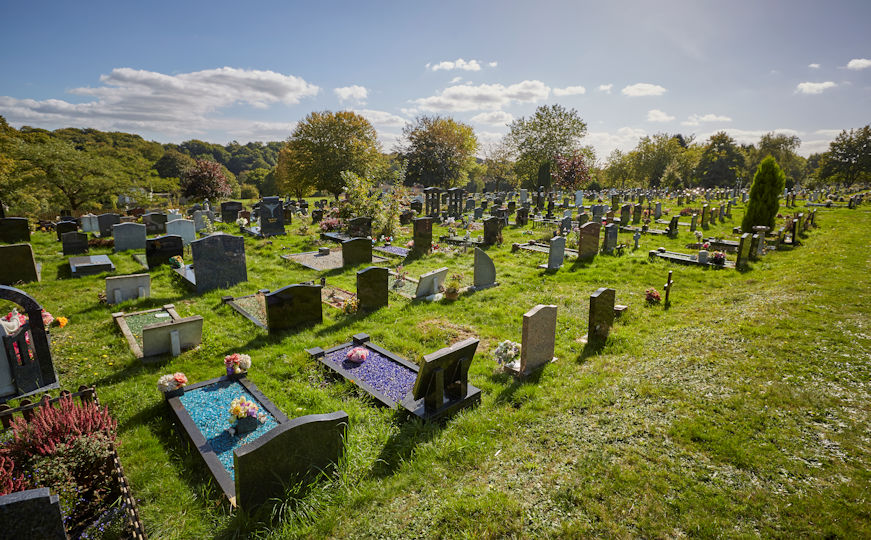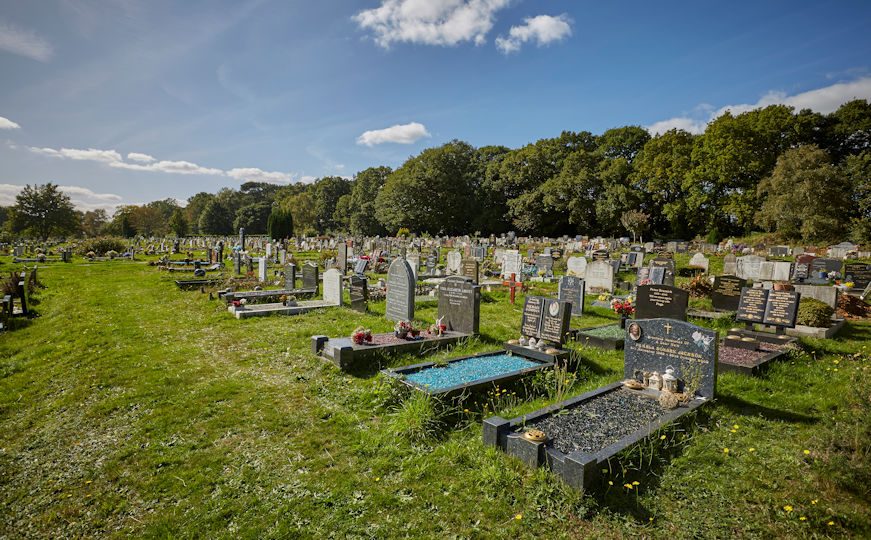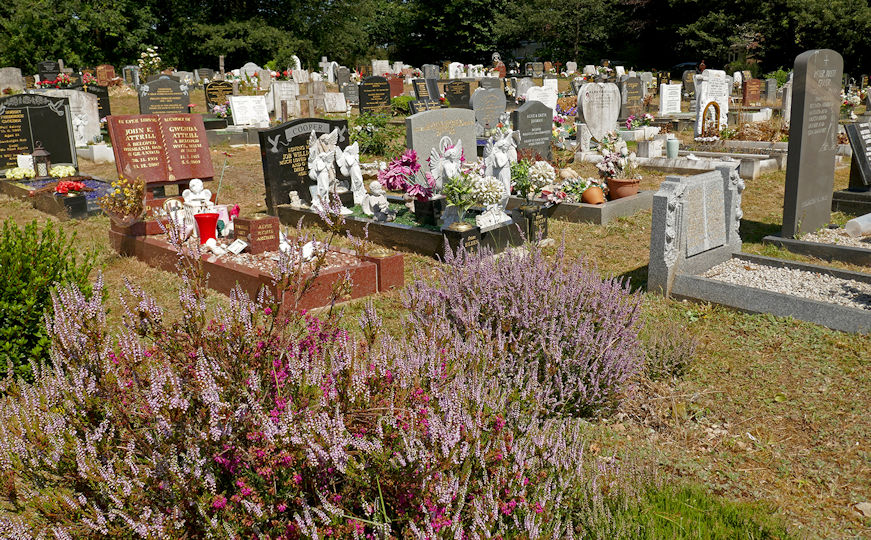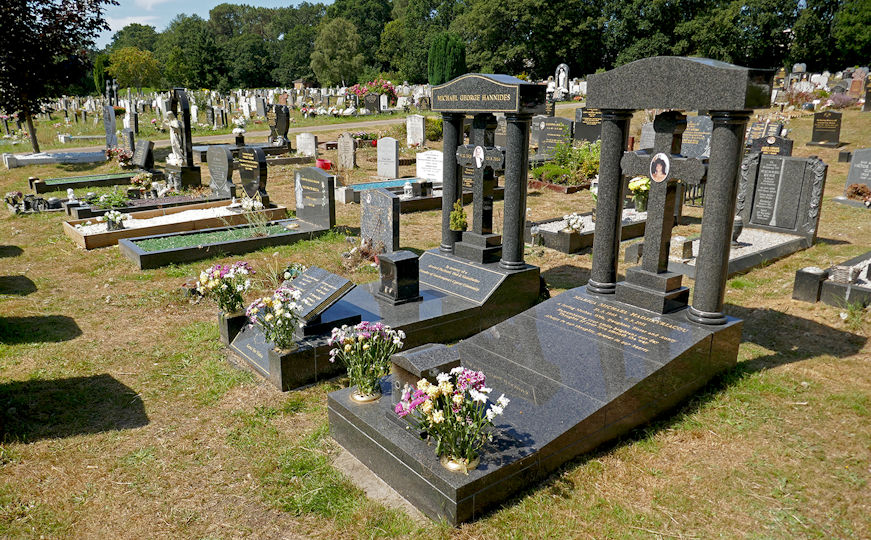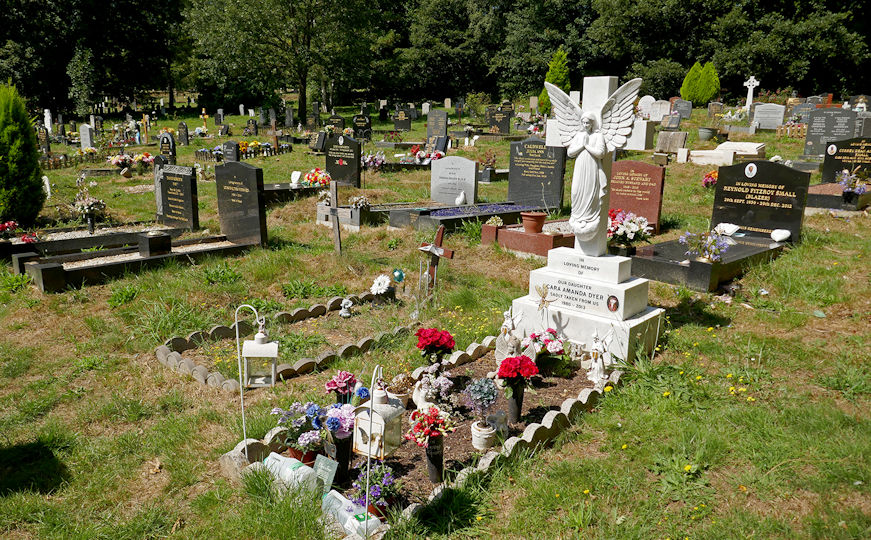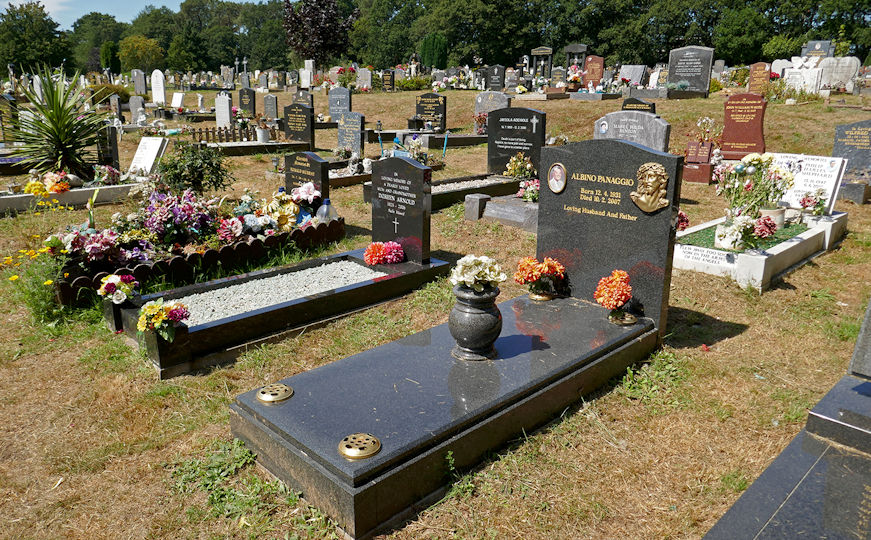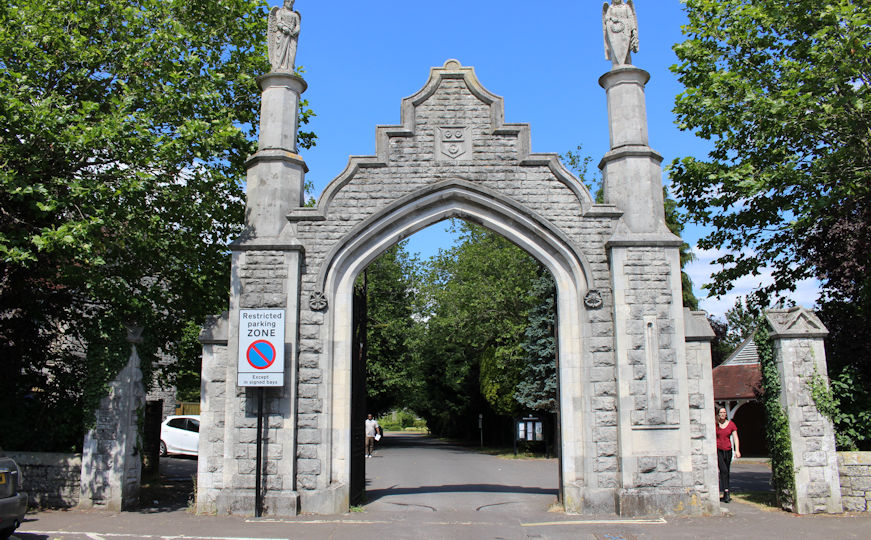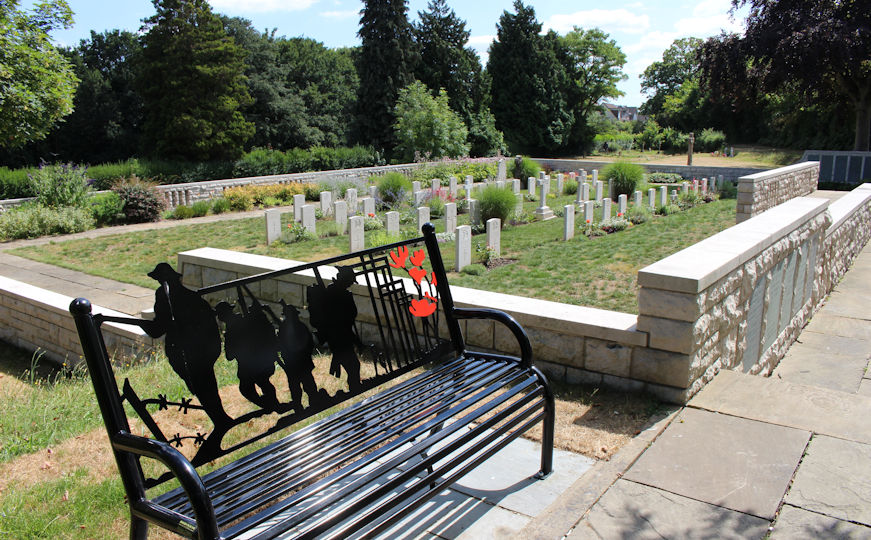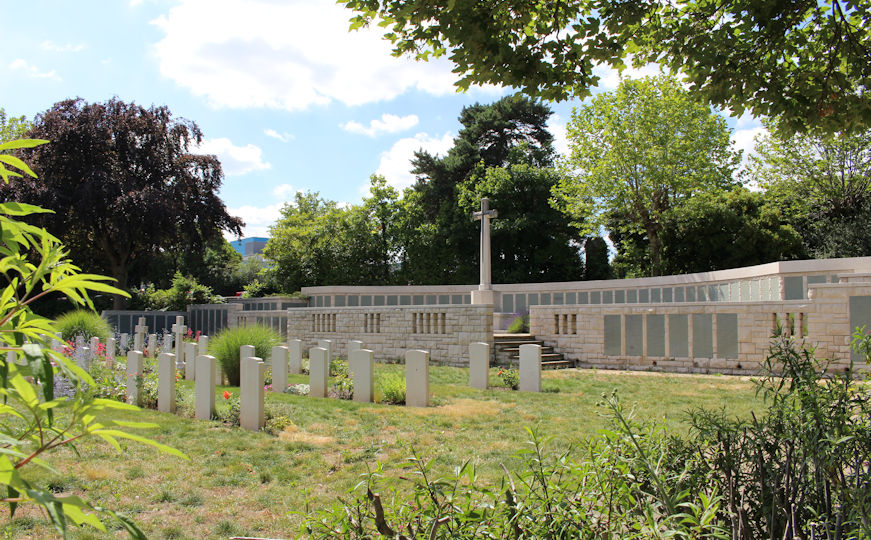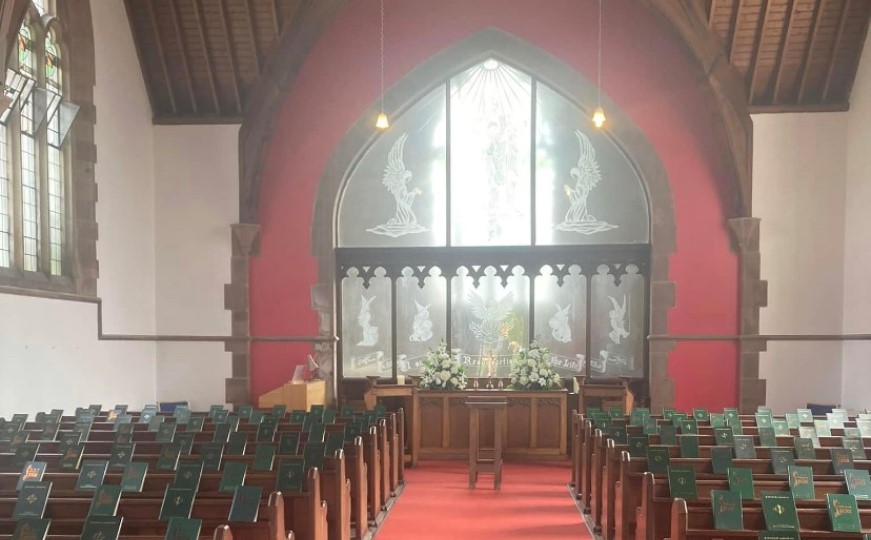Hollybrook Cemetery
Hollybrook cemetery
This peaceful cemetery dates back to 1913, and is open 24 hours a day, every day of the year.
The cemetery is home to The Hollybrook Memorial, which is situated behind the plot of First World War graves near the main entrance. This commemorates by name almost 1,900 servicemen and women of the Commonwealth land and air forces whose graves are not known.
Hollybrook Cemetery accommodates new, reopened and cremated remains plots. There are also areas allocated for different faith groups.
There is a section available for the interment of cremated remains, and new sections for burials including areas for larger, premium graves.
Chapel
The cemetery has a beautiful chapel situated within the grounds which, for a fee, can be used for holding a service prior to a burial taking place (seats 100 people).
The chapel has a beautiful etched glass reredos screen, which was installed by E R Wright & Son, a local glass merchant, in the 1950s.
Hollybrook Baby and Infant Garden
Hollybrook cemetery has a dedicated area for the burial of children and babies. This lawned area was opened in conjunction with SANDs of Southampton (Stillbirth and Neo-Natal Death Charity), and offers bereaved parents a secluded and beautiful area to remember their child.
History of Hollybrook Cemetery
The first burial to take place in Hollybrook Cemetery was on 5 March 1913. The cemetery can accommodate new, reopened and cremated remains plots and there are areas allocated for different faith groups.
The memorial seat located near the chapel was constructed by David Banks of Lymington and commemorates the civilian dead of the Second World War. The seat is constructed from stones recovered from bomb damaged buildings in Southampton.
Hollybrook Memorial
![]()
The Hollybrook Memorial commemorates almost 1,000 servicemen of the army and air forces who died in seas around the UK during the First World War and have no known grave.
During the First World War, Southampton was Britain’s busiest port and military hospitals were established in the university buildings, in the Highfield Institution and at Shirley Warren - today Southampton University Hospital. Hospital ships regularly docked at Southampton bringing sick and wounded men from the Western Front and further afield. The first military burial at Hollybrook cemetery took place in March 1916, and there is now a total of 125 burials from the First World War in Plot 1.
Within Plot 1 also stands the Hollybrook Memorial, which commemorates by name almost 1,900 servicemen and women of the Commonwealth land and air forces who were lost at sea when transports or other vessels were torpedoed or mined in British coastal waters. Naval personnel who were lost at sea and have no known grave are commemorated on the Chatham, Portsmouth and Plymouth memorials, while Merchant seaman are commemorated on the Tower Hill Memorial in London.
Southampton was chosen as the location of the memorial as it was the principal port of embarkation for British forces during the war, meaning most servicemen would have sailed from here. For those who were lost at sea and would never return, the memorial symbolically brings their names back home to Britain.
Many of the names on this memorial are of non-British servicemen, with almost one-third of those being men of the South African Native Labour Corps, who died when the troop transport Mendi sank in the Channel following a collision on 21 February 1917.
Also named on the memorial is Field Marshall Lord Kitchener, Secretary of State for War, who died when the battle cruiser HMS Hampshire was mined and sunk off Scapa Flow on 5 June 1916.
To learn more, visit the Commonwealth War Graves Commission website.

